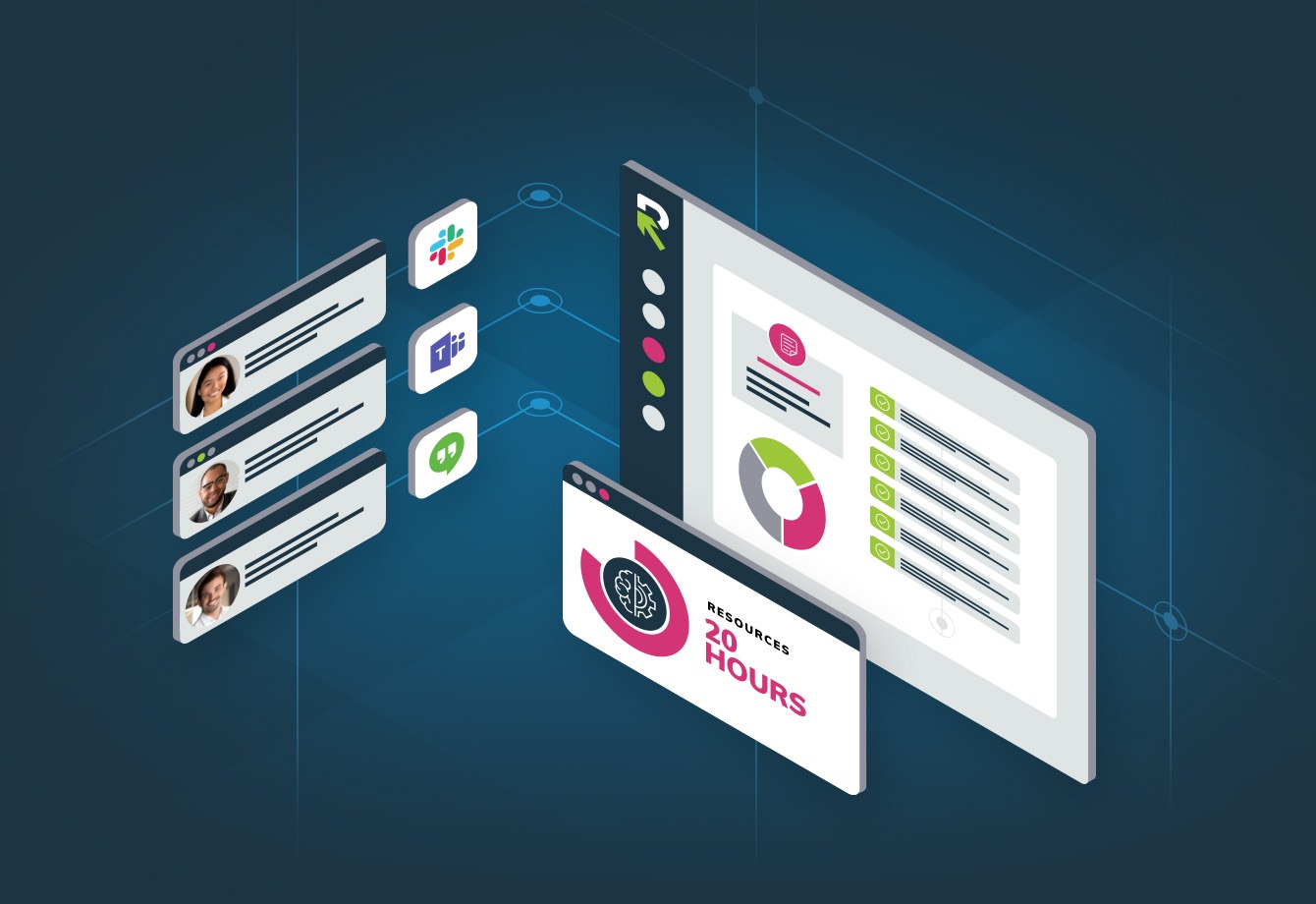
Start Responding Like a Pro
The Responsive blog is full of insights and best practices, giving you the tools you’ll need to streamline your process and respond with confidence.
Featured Post

Why you need RFP software
Products/Features/SolutionsThe response process should be scalable, repeatable, and consistent. Perhaps you remember the childhood game of “telephone.” In the game, […]
Category: Tag: RFP platform


3 ways technology improves the response process for remote teams
Products/Features/Solutions
Why RFP software is every responder’s solution of choice
Selling & Enablement
Refine your RFP process to keep your multilingual team connected
People & Teams, Product & Best Practices
How response management supports your team
Selling & Enablement
RFP software use cases
Selling & Enablement
5 Ways to enhance your user experience in RFP software
Products/Features/Solutions
3 ways to de-stress your RFP process right now
Selling & EnablementSee how it feels to respond with confidence
Why do 250,000+ users streamline their response process with RFPIO? Schedule a demo to find out.